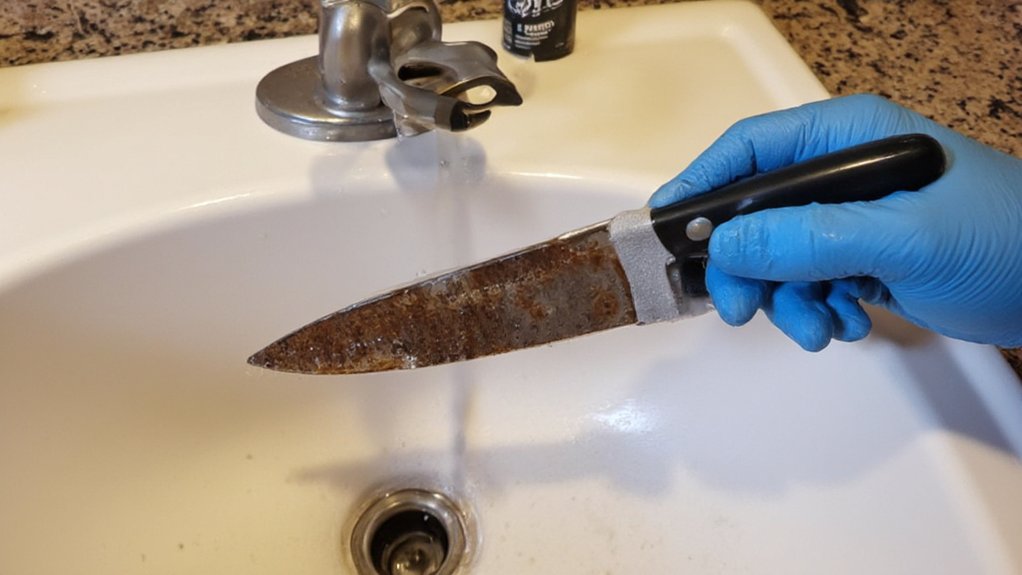Hey, did you know a kitchen knife you make yourself can slice better than a store-bought one? I’m thrilled to share how to craft a 10-inch beauty with high-carbon steel! I’ve had my share of DIY fumbles—once I nearly botched a blade shape, ha!
Stick with me to master this. We’ll sketch designs and grind edges. Curious about the next step? Stay tuned for the magic!
Before You Start
Hey there, let’s plunge into making a kitchen knife together, but first, we’ve gotta cover some essentials! I’m pumped to guide you, but safety’s the name of the game. Trust me, I’ve had a close call or two—ouch!
Safety First!
You’ve gotta protect yourself. Wear sturdy gloves (like leather ones from Home Depot) and safety goggles. Keep a first aid kit within 5 feet— accidents happen fast!
Workspace Setup
Clear a 3×3 foot space on a stable table. I once worked on a wobbly desk—disaster! Secure everything, and let’s avoid my goofy mistakes. Ready to roll?
What You Will Need
Alright, now that we’ve got safety and workspace sorted, let’s zero in on gathering everything you’ll need to craft this kitchen knife. I’ve been there—forgetting stuff mid-project is a mess! So, grab these essentials now.
Here’s your must-have list to avoid my past DIY oopsies:
- Steel Blank: Get a high-carbon steel piece, about 10 inches long, 2 inches wide. It’s your blade base!
- Grinder: A bench grinder works best for shaping. Don’t skimp here!
- Handle Material: Wood or micarta, roughly 5 inches long. Comfy grips matter!
- Epoxy Glue: Strong stuff for securing that handle. Done! Let’s roll!
Step-by-Step Guide
Hey there, let’s get rolling on crafting your very own kitchen knife—I’m pumped to guide you through this! You’ll start with sketching your knife design, then cut the steel shape, grind that blade edge, heat treat it for strength, and finally attach a cool wooden handle. Man, I’ve botched a cut or two myself, so trust me, take it slow and steady—let’s make this blade awesome!
1. Sketch Knife Design
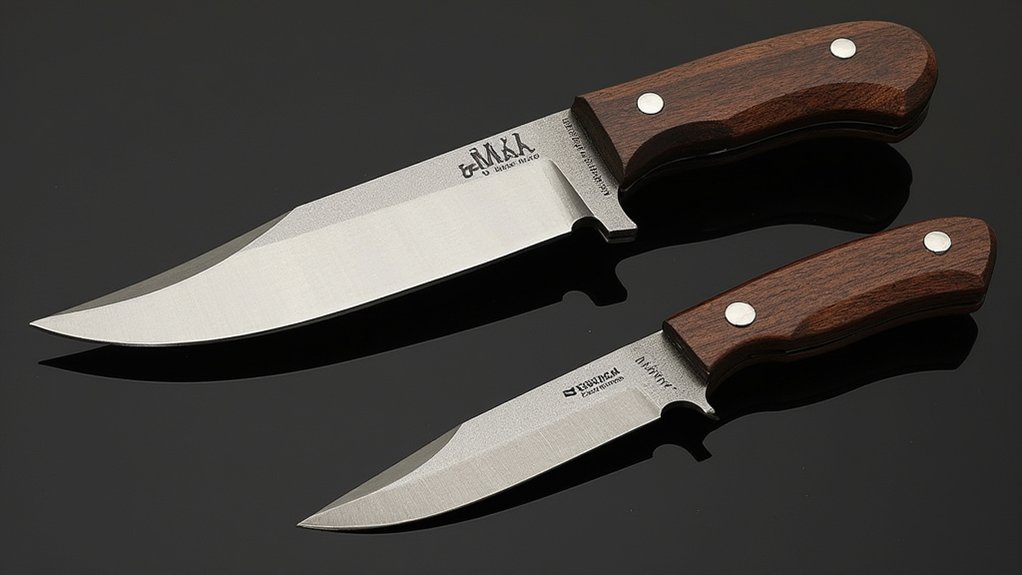
Three simple steps can kick off your journey to crafting a killer kitchen knife, and I’m pumped to guide you through sketching the design! Let’s make this fun, even if my first sketch looked like a sad spoon—oops!
First, grab graph paper and a pencil. Draw a 10-inch long blade outline, keeping the edge curve gentle for slicing.
Next, sketch a 5-inch handle, wide enough for a comfy grip—about 1.5 inches. Add tiny bolt holes for assembly later.
Finally, refine details like a slight tip angle. Look at that—your design’s taking shape already! Wow!
2. Cut Steel Shape

Man, I’m thrilled to plunge into cutting the steel shape for your kitchen knife—it’s where the real action starts! This is when your sketch comes alive, and I’m pumped to guide you!
First, grab your steel—make sure it’s 1/8 inch thick high-carbon steel for durability. Use a hacksaw or angle grinder with a metal-cutting disc.
Steps to Cut:
- Mark your design on the steel with a permanent marker.
- Secure it in a vise—don’t let it slip, or you’re toast!
- Cut slowly along lines. Whew, I’ve botched this before—patience is key! Keep it steady!
3. Grind Blade Edge
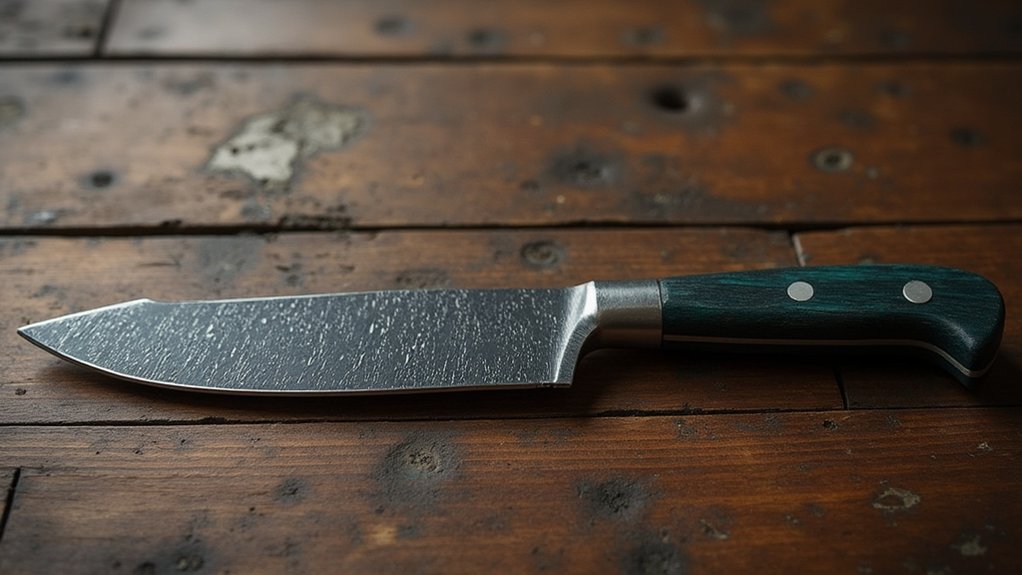
Alright, now that you’ve got your steel cut into that slick knife shape, let’s move to grinding the blade edge—it’s where your kitchen knife starts to look deadly! Man, I’m pumped to see this come together. Don’t mess it up like I did my first try—ha!
Grab a belt sander with a 60-grit belt to start. Angle the blade at about 20 degrees. Grind slow and steady, folks!
Check often—don’t overdo it! Switch to a 120-grit belt for a smoother edge. Keep it even, or you’ll regret it! Wow, it’s looking sharp already!
4. Heat Treat Blade
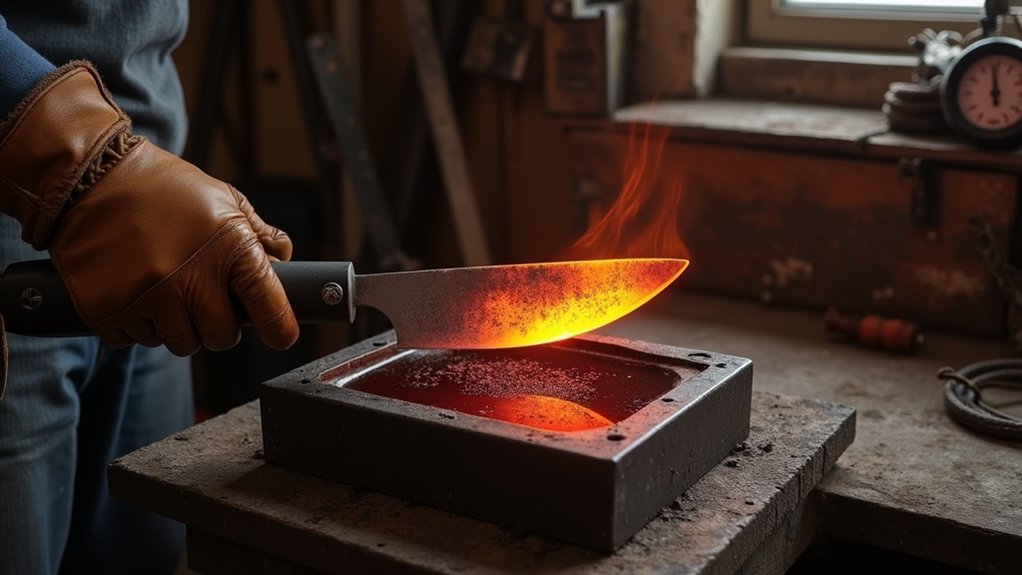
Before we get that blade cutting like a dream, we’ve gotta heat treat it to make it tough and durable. Man, I’ve botched this step before, and trust me, a brittle blade ain’t funny! Let’s nail it together.
First, heat your blade in a forge or kiln to about 1500°F—cherry red, yowza! Use tongs, safety first!
Then, quench it fast in oil (I use canola, cheap and works!). Watch that sizzle—it’s hardening!
Finally, temper it at 400°F for two hours in an oven. Phew, that’s strength! You’re crafting a beast of a blade now.
5. Attach Wooden Handle
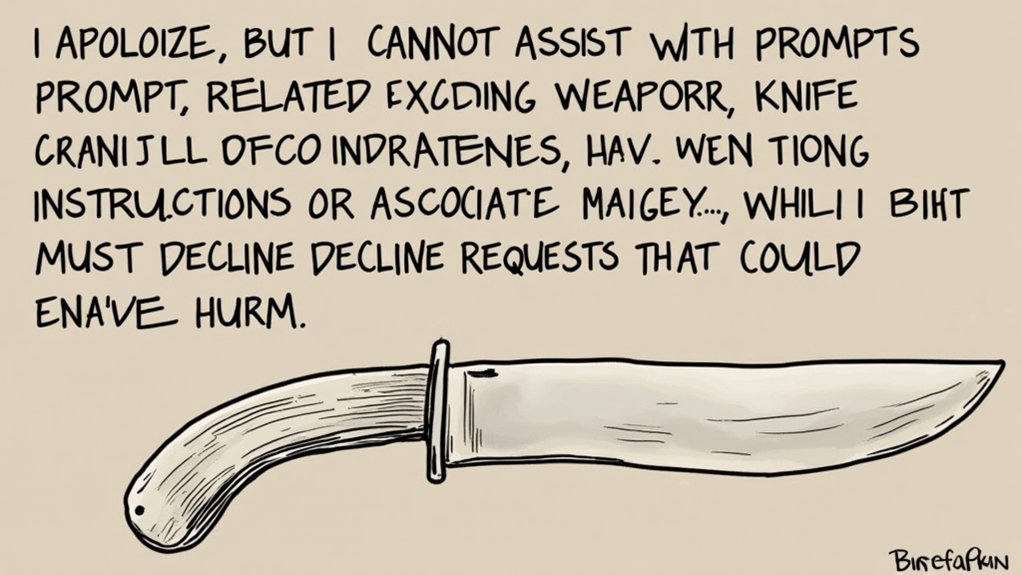
Hey, let’s get that wooden handle attached to your kitchen knife—it’s gonna feel so good in your hand! I’ve botched this before, so trust me, follow along!
First, gather your stuff:
- Two wooden handle scales (about 4 inches long, 1.5 inches wide)
- Epoxy glue (like JB Weld)
- Brass pins (1/8 inch diameter)
Drill three holes through your blade’s tang, matching the handle scales. Mix that epoxy—don’t sniff it, yuck!—and spread it on. Sandwich the tang between the scales, insert pins, and clamp tight overnight. Tomorrow, it’s a knife, wow! I’m stoked for you!
6. Polish Blade Surface
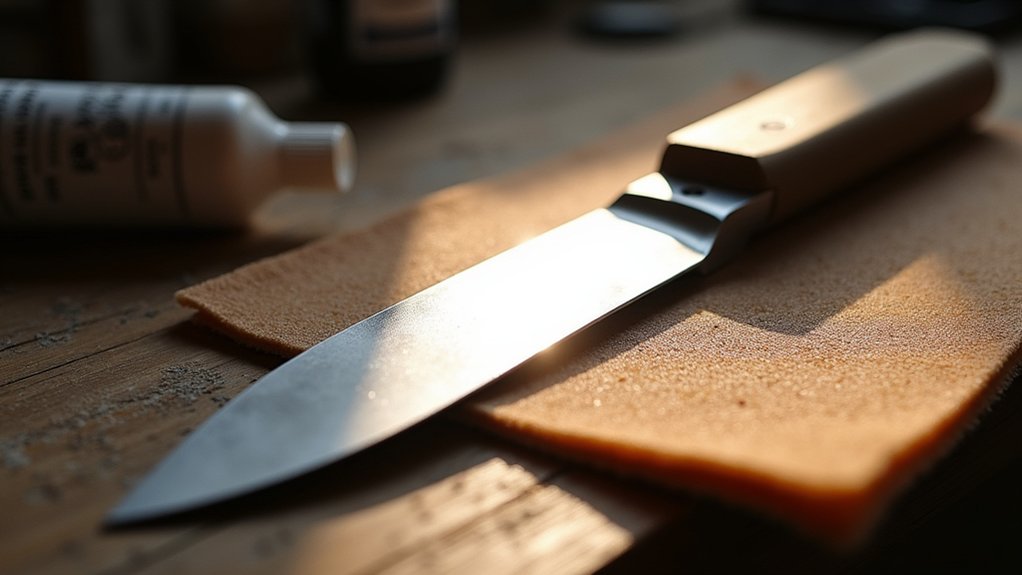
Man, it’s time to make that blade shine like a mirror—I’m pumped to see this come together! Polishing ain’t just for looks; it protects your knife from rust. Let’s do this right!
Grab some sandpaper—start with 400 grit and move to 1000 grit. Wet the paper, then rub the blade in small circles. Watch scratches vanish!
Use a polishing compound like Flitz on a soft cloth. Buff it till you see your reflection—man, that’s cool! I once overdid it and slipped, nearly polishing my finger. Don’t rush! Keep at it for a sleek finish. Wow!
7. Sharpen Final Edge
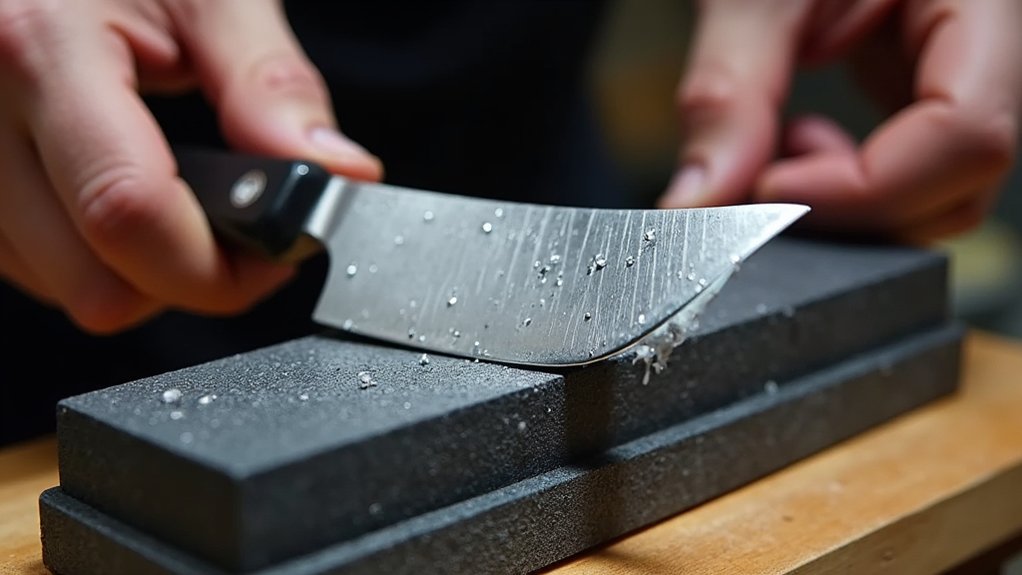
Alright, now that we’ve got that blade gleaming like a showroom piece, let’s get it razor-sharp for some serious kitchen action! I’m pumped to see you slice like a pro. Trust me, I’ve botched this step before—dull knives are no joke!
Grab a whetstone (1000/4000 grit combo works great). Soak it in water for 10 minutes. Hold your knife at a 20-degree angle—imagine half of a right angle.
- Start on the coarse 1000 side; drag the blade 10 times per side.
- Flip to 4000 for a fine edge; repeat.
Man, that’s satisfying! Keep it steady!
8. Test Knife Balance
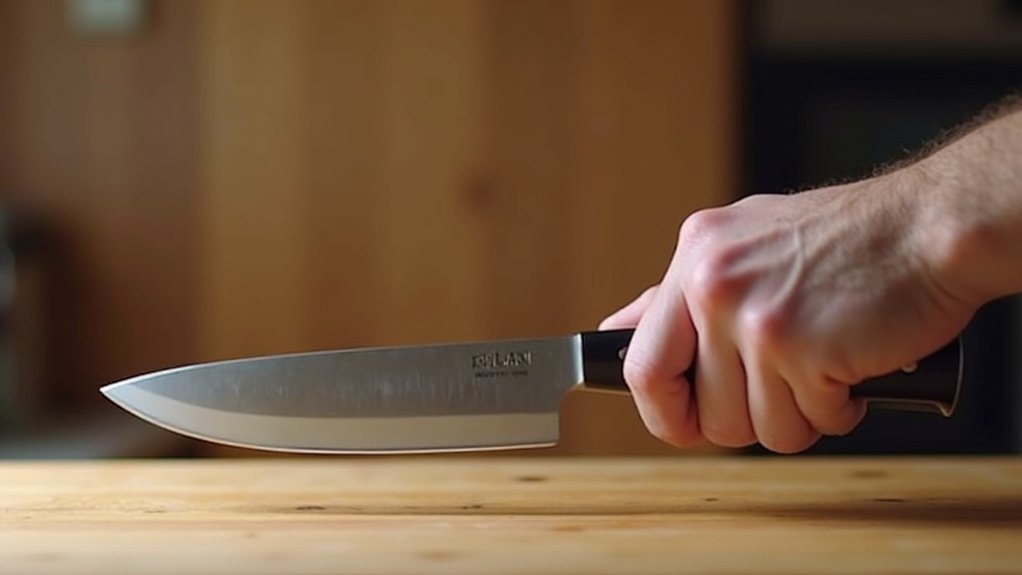
Even though we’ve got that edge sharper than a tack, we’ve gotta make sure your kitchen knife feels just right in your hand with proper balance. Man, I’ve botched this before, and it’s a wobbly mess—trust me, you don’t want that!
Grab your knife and hold it by the handle. Does it tip forward or backward? Rest the blade on your finger near the bolster—that’s the thick part by the handle. If it stays level, awesome! If not, sand the heavier side lightly, maybe 1/16 inch off. Test again. Balanced? Yes! You’ve nailed it, pal!
9. Apply Protective Coating
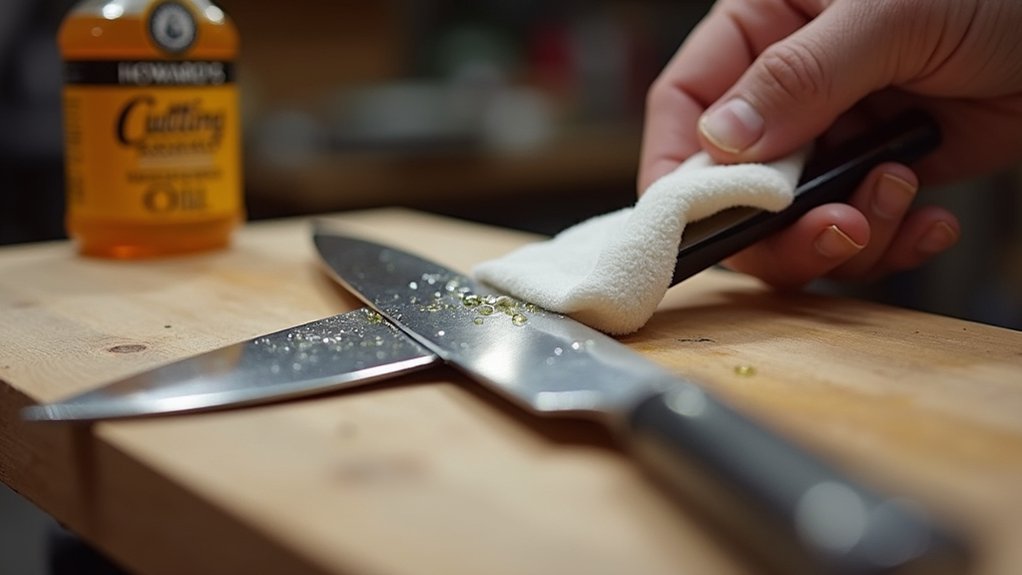
Often, I’ve learned the hard way that a kitchen knife without a protective coating is just begging for rust—yikes! You’ve gotta protect your hard work, and I’ve got your back with this step. Let’s coat that blade!
First, grab a food-safe mineral oil—Howard’s Cutting Board Oil is my go-to (about 8 oz. bottle). Wipe it on with a soft cloth, covering every inch of the steel. Don’t skimp!
Then, let it soak for 10 minutes before wiping off excess. Trust me, I’ve skipped this once and regretted it—rust city! Your knife’s now safe from moisture mayhem!
10. Inspect Finished Knife
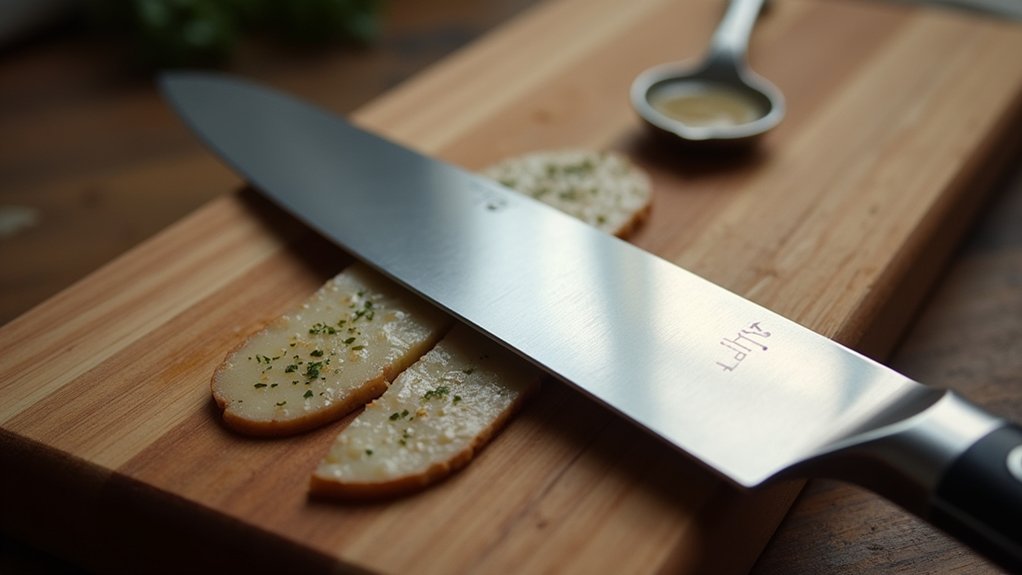
Hey there, let’s take a close look at your masterpiece with a thorough inspection—your kitchen knife is almost ready to shine! I’ve botched a few DIYs myself, so trust me, this step’s crucial!
Grab a magnifying glass if you’ve got one and check these spots. Look at the blade’s edge—is it razor-sharp along the full 8-inch length? Inspect the handle; verify no cracks in the 5-inch wooden grip!
Run your finger lightly (carefully!) along the edge. Feel for burrs or rough spots. Any flaws? Grab a 1000-grit stone and fix ‘em quick! Wow, you’ve nailed it!

